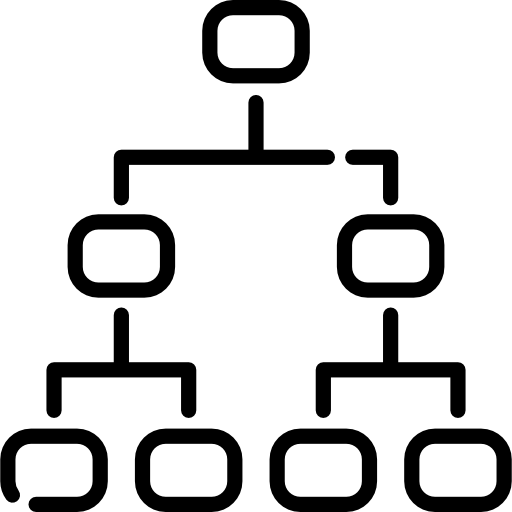Ontologies most used in agriculture
Make your data interpretable and interoperable with ontologies.ONTOLOGIES FROM GENETICS TO SOCIO-ECONOMICS
In this webpage, you will find a list of the most used ontologies in agriculture including the ontologies developed by the Ontologies Community of Practice of the CGIAR Platform for Big Data in Agriculture and its partners. It is recommended to use the following ontologies to annotate agrifood data. The schema organizes ontologies along the agri-food pathway from gene to plant, food and socio-economy. The schema is interactive with direct links to ontologies’ website. It is a snapshot of the current ontologies environment and may evolve in the future. It has been adapted from a schema made by Erick Antezana, Senior Data Management Scientist at Bayer Crop Science. The webpage also offers a list of generic ontologies and thesauri and ontologies repositories.
(For citation please use: Aubert, Céline, & Arnaud, Elizabeth. (2021). ONTOLOGIES MOST USED IN AGRICULTURE: Make your data interpretable and interoperable with ontologies. (Version 1). Zenodo. https://doi.org/10.5281/zenodo.6609666)
Biochemical entities

ChEBI Ontology
Molecular functions, biological processes, cellular components.
Anatomy

Anatomical Entity Ontology
Ontology of anatomical structures.
Plant Ontology
Plant anatomy, morphology, growth and development.
Species

NCBI Taxonomy
Organisms’ classification and nomenclature.
MycoBank
Mycological nomenclatural novelties.
EPPO
Pest-specific information.
Environment

Environment Ontology
Environmental features and habitats.
Plant Experimental Conditions Ontology
Growth conditions used
in plant experiments.
Fisheries and aquaculture

Small-scale fisheries & aquaculture ontology
Fisheries and aquaculture (under development).
Plant phenotype

Crop Ontology
Species-specific phenotypic plant traits.
Phenotype And Trait Ontology
Phenotypic qualities.
Trait Ontology
Phenotypic traits in plants.
Livestock phenotype

Animal Trait Ontology for Livestock
Phenotypes of livestock in their environment.
Phenotype And Trait Ontology
Phenotypic qualities.
Food and nutrition

Food Ontology
Food, fodder and food processes.
Compositional Dietary
Nutrition Ontology
Nutritional attributes contributing to human diet.
ONTOLOGY REPOSITORIES
- Agroportal offers a reference ontology repository for agronomy.
- Ontobee is aimed to facilitate ontology data sharing, visualization, query, integration, and analysis.
- Ontology Look up Service of the European Bioinformatics Institute (EBI-EMBL) provides a single point of access to the latest ontology versions.
- FAIRsharing is a curated, informative and educational resource on data and metadata standards, inter-related to databases and data policies.
Generic ontologies and thesauri
CAB Thesaurus
Controlled vocabulary for agriculture, forestry, horticulture, soil science, entomology, mycology, parasitology, veterinary medicine, nutrition, rural studies.
CG Core Metadata Schema
Minimum set of elements applicable for data and publication annotation and curation across CGIAR.
Comparative Data Analysis Ontology (CDAO)
Formalization of concepts and relations relevant to evolutionary comparative analysis.
EMBRACE Data and Methods Ontology (EDAM)
Comprehensive ontology for bioscientific data analysis and data management.
GAZ
Represents places through their names using an ontological approach to promote semantic coherence.
Geonames
Covers all countries and contains over eleven million placenames.
National Agricultural Library’s Agricultural Thesaurus and Glossary (NAL)
Online vocabulary tools English and Spanish to select controlled vocabulary terms for subject indexing of AGRICOLA, PubAg and other databases.
Research Organization Registry (ROR)
Registry of open, sustainable, usable, and unique identifiers for every research organization in the world.
Units of Measurement Ontology (UO)
Ontology of units of measurements.
Variation Ontology (VariO)
Ontology for standardized, systematic description of effects, consequences and mechanisms of variations.
VIVO Ontology
Open-source software and an ontology for representing scholarship.









